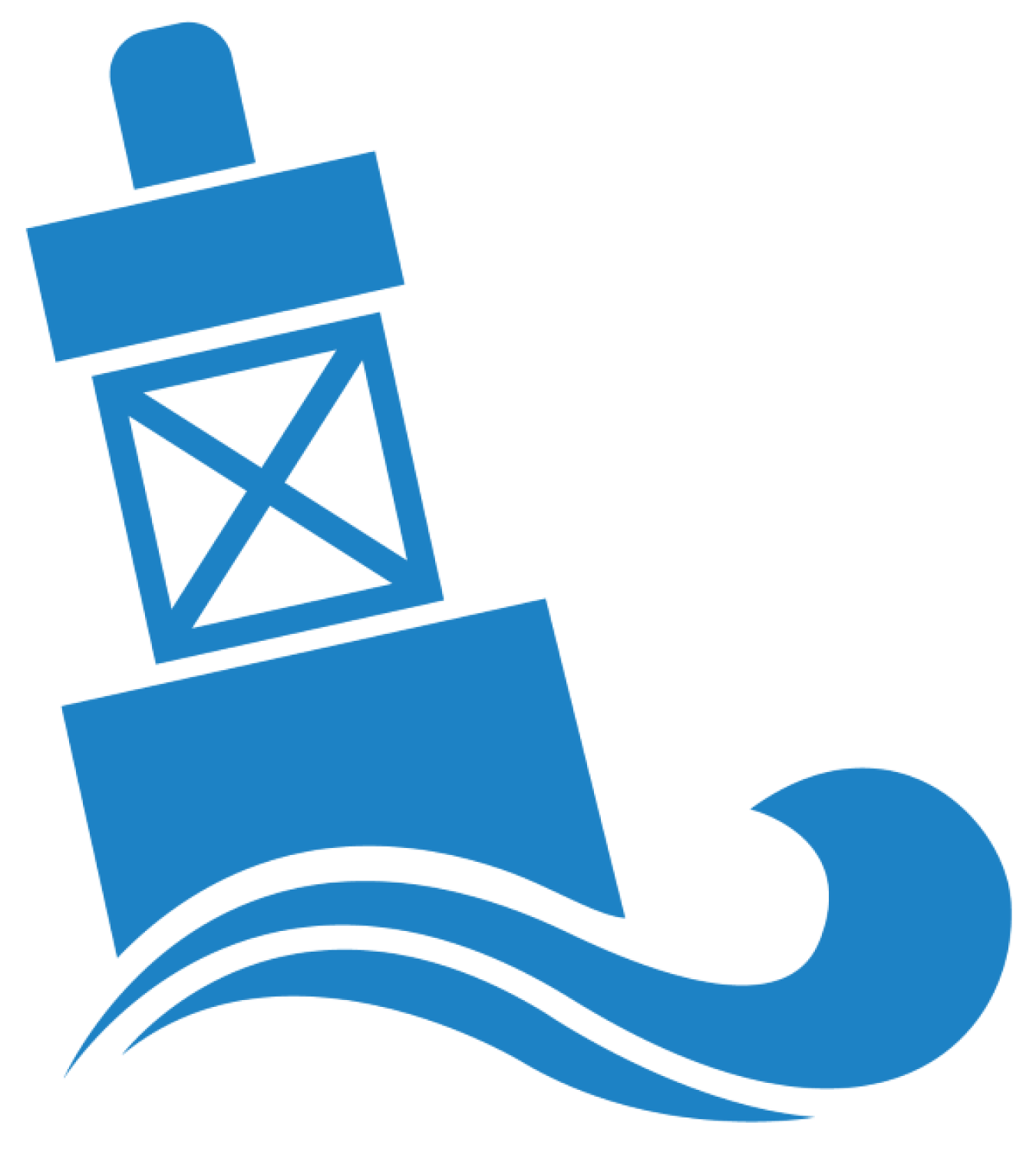Researchers at the University of Hawaii took their promising wave energy converter, which could be an especially cost-effective design, from the planning phase into the build and test stage.
Water Power Technologies Office
March 1, 2023Marine Energy Program
Technology-Specific System Design and Validation
Project Name: Hawaii Wave Surge Energy Converter
Project Team: University of Hawaii (lead), Gerard Nihous Consulting, National Renewable Energy Laboratory, and Oregon State University
Lead Recipient Location: Honolulu, Hawaii, with testing in Waimanalo, Oregon

Researchers at the University of Hawaii, with help from experts at Gerard Nihous Consulting, completed initial design and modeling for a small-scale version of their Hawaii Wave Surge Energy Converter (HAWSEC) and built and began testing a prototype. The HAWSEC uses off-the-shelf or readily fabricated turbine components, which could make the design more cost-effective than other types of wave energy converters. The data collected on the device’s performance (which will be freely available to the public) could help guide the marine energy industry to create more cost-effective devices, a critical step to achieving commercial success.
A form of oscillating wave surge energy converter, the HAWSEC project contributes valuable data on how these devices perform, so other technology developers can learn from its efforts. The HAWSEC is intended to be fixed to the seabed in shallow, near-shore waters. Positioned there, the device’s large, rectangular flap moves back and forth with ocean waves surging in and out; that motion then drives hydraulic cylinders to pump water through a turbine to generate electricity.
Prototype testing will allow the HAWSEC team to determine which of its two power take-off designs (which convert ocean motions into electricity) might produce the most energy. The team performed lab bench testing before heading to Oregon State University’s wave basin to validate the prototype in real waves and gather extensive data on the hydrodynamics of their flap. For both lab bench and wave tank testing, the HAWSEC team received data collection support from experts at the National Renewable Energy Laboratory (NREL). The HAWSEC team also collected motion data during a few hours of testing in the shallow waters off Makai Pier in Hawaii. These tests verified that the device and its data acquisition system (the Modular Ocean Data Acquisition systems developed by NREL) could perform as intended in a real-world ocean environment. Next, the team will complete testing of its smaller prototype, validate its numerical models, and build a larger prototype.
Technology-Specific System Design and Validation Projects
-
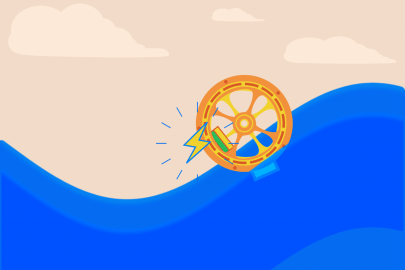 Researchers advance triboelectric nanogenerator system prototypes, an emerging and potentially cost-effective technology that could be used to power instruments aboard hurricane and tsunami detection or water quality monitoring systems.
Researchers advance triboelectric nanogenerator system prototypes, an emerging and potentially cost-effective technology that could be used to power instruments aboard hurricane and tsunami detection or water quality monitoring systems. -
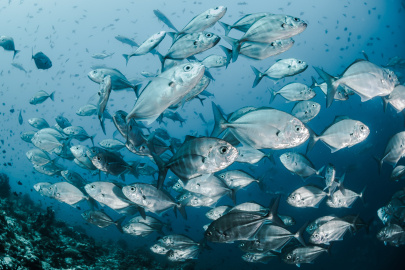 New International Report Outlines Opportunities to Integrate Marine Energy with Offshore AquacultureA team led by Pacific Northwest National Laboratory developed a first-of-its-kind report that explored how marine energy can help power offshore aquaculture.
New International Report Outlines Opportunities to Integrate Marine Energy with Offshore AquacultureA team led by Pacific Northwest National Laboratory developed a first-of-its-kind report that explored how marine energy can help power offshore aquaculture. -
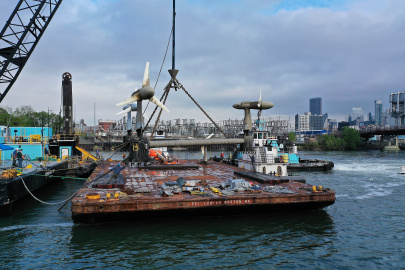 WPTO supported the development of a marine energy standards business plan and operational document updates and became a participating member of the IEC System for Certification to Standards Relating to Equipment for Use in Renewable Energy Applications.
WPTO supported the development of a marine energy standards business plan and operational document updates and became a participating member of the IEC System for Certification to Standards Relating to Equipment for Use in Renewable Energy Applications. -
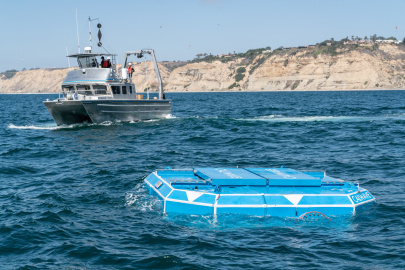 During CalWave’s 10-month open-water test off the California coast, its wave energy converter technology remained operational for 99% of the deployment, and the company collected valuable data on device-ecosystem interactions.
During CalWave’s 10-month open-water test off the California coast, its wave energy converter technology remained operational for 99% of the deployment, and the company collected valuable data on device-ecosystem interactions.
WPTO's Marine Energy e-newsletter shares news and updates on tools, analysis, and emerging technologies to advance marine energy.
The WPTO e-newsletter brings funding opportunities, events, publications, hydropower, and marine energy updates directly to your inbox.


